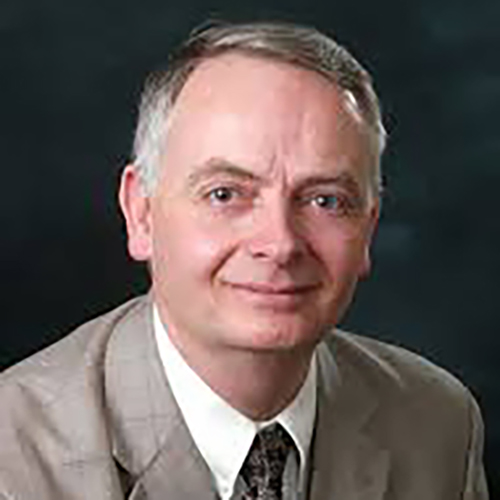SIGGRAPH 2006 Computer Graphics Achievement Award: Sederberg
Awardee(s):
Award:
- Computer Graphics Achievement Award
Description:
ACM SIGGRAPH is pleased to recognize Thomas W. Sederberg with the 2006 Computer Graphics Achievement Award for his pioneering work on free-form deformations and the use of algebraic geometry in geometric modeling.
Tom received his Ph.D. in 1983 in Mechanical Engineering from Purdue University. That same year he joined the faculty of Brigham Young University in the Department of Civil Engineering. He is currently a professor in the Department of Computer Science at BYU, as well as Associate Dean of BYU’s College of Physical and Mathematical Sciences.
Tom’s doctoral research demonstrated for the first time that classical methods of algebraic geometry could be used to answer important and difficult questions in geometric design. For example, Tom used elimination theory to give an exact algorithm for implicitization, which is the conversion of parametric curves and surfaces into implicit polynomial form. Moreover, he used implicitization to answer one of the key questions of the day: Does the intersection curve between two bicubic surfaces have a rational polynomial parametrization? Tom’s answer, quite surprising at the time, was that such a curve could be of degree 324 and cannot be Parameterized.
In 1984 he published a paper that introduced the idea of piecewise algebraic curves. Whereas algebraic geometry was classically concerned with analysis of existing shapes, this work represented a constructive method that married ideas from parametric splines with those of algebraic geometry. Tom’s interest in constructive methods eventually led him and others to develop powerful and elegant techniques for representing surfaces using low-degree piecewise algebraic surface patches.
In the graphics community, Tom is best known for his groundbreaking SIGGRAPH 86 paper that introduced the concept of free-form deformation (FFD) as an effective means for modeling and animation. FFD was quickly established as an essential technique in every major geometric modeling system, animation package, and production company. The work also inspired considerable follow-on research that continues to this day.
Tom’s work in graphics is by no means limited to FFD. He has done significant work on a wide range of topics, including scanline rendering of algebraic surfaces (SIGGRAPH 89), ray-tracing parametric surfaces (SIGGRAPH 90), polygonal morphing (SIGGRAPH 92 and 93), non-uniform subdivision surfaces (SIGGRAPH 98), and more recently, locally refinable tensor product B-splines and subdivision surfaces (SIGGRAPH 03 and 04).
Tom is one of a rare breed of scholars: he is thoroughly steeped in the knowledge and methods of the past but is also extraordinarily creative and forward-thinking. His consistent and long-lasting contributions, together with his clarity of thought, personal integrity, and compassion, make him an ideal recipient of the Computer Graphics Achievement Award.
Source:
- ACM SIGGRAPH Citation




